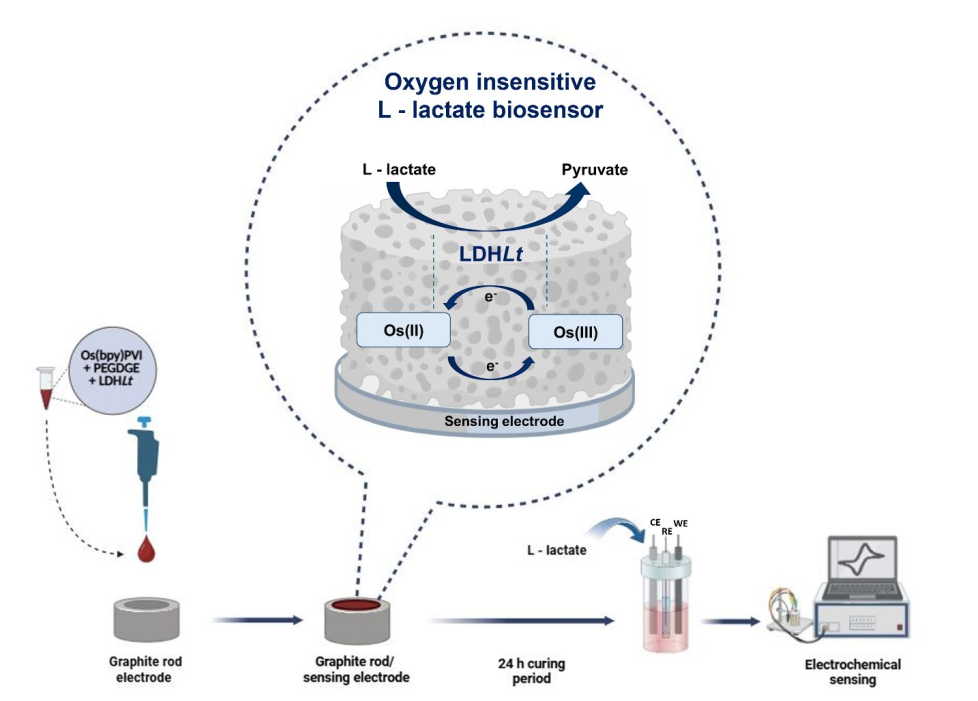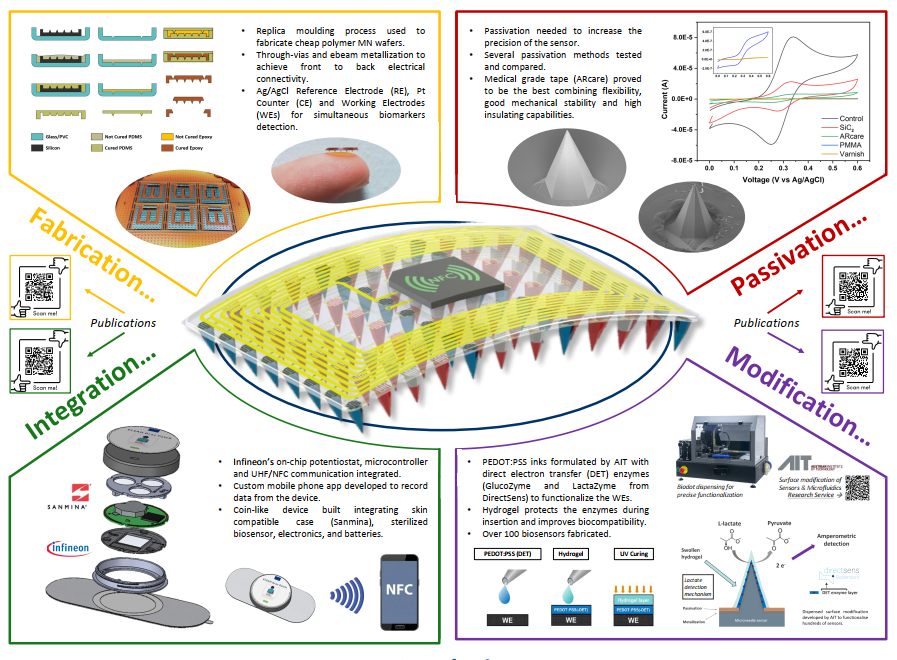Lactate—this word might bring back memories of high school chemistry or that burning sensation in your muscles after an intense workout. But lactate is more than just a byproduct of physical exertion; it’s a crucial biochemical player with significant implications in clinical medicine. In this article, we’re diving deep into the world of lactate testing, exploring its evolution, the science behind elevated levels, and why accurate measurement is a game-changer in patient care.
What is Lactate Testing
So, what exactly is lactate? In simple terms, lactate is a substance produced in your muscles and red blood cells when the body breaks down carbohydrates for energy without enough oxygen—think of those times when you’re sprinting up a hill and suddenly feel your legs on fire. This process, known as anaerobic glycolysis, kicks in during intense exercise, but it also plays a role when your body is under stress due to illness or injury.
In the clinical world, lactate is a powerful biochemical marker that can tell us a lot about what’s happening inside the body. For instance, elevated lactate levels can indicate that tissues aren’t getting enough oxygen, a condition known as hypoxia. This situation can arise in various critical conditions, such as sepsis, shock, or severe infections, making lactate testing a vital tool for diagnosing and monitoring patients in emergency and intensive care settings.
The Evolution in Medicine
Lactate testing has come a long way from its humble beginnings. In the early days, testing lactate levels was a complex, time-consuming process that required significant amounts of blood and sophisticated lab equipment. The methods used were not only cumbersome but also prone to inaccuracies, making it challenging to rely on lactate levels for quick clinical decisions.
Fast forward to today, and we have advanced point-of-care testing devices that allow healthcare professionals to measure lactate levels quickly and accurately with just a drop of blood. This evolution has been driven by technological advancements in enzymatic methods, blood gas analysis, and the development of portable analyzers that can deliver results in real-time. These innovations have transformed lactate testing from a specialized laboratory procedure to a routine diagnostic tool in clinical practice.
In the clinical world, lactate is a powerful biochemical marker that can tell us a lot about what’s happening inside the body. For instance, elevated lactate levels can indicate that tissues aren’t getting enough oxygen, a condition known as hypoxia. This situation can arise in various critical conditions, such as sepsis, shock, or severe infections, making lactate testing a vital tool for diagnosing and monitoring patients in emergency and intensive care settings.
Mechanisms of Elevated Lactate Levels
When lactate levels rise, it’s a signal that something isn’t quite right. But what exactly causes this spike? Several physiological and pathological factors can lead to elevated lactate, and understanding these is key to making accurate diagnoses.
One of the most common causes is tissue hypoxia, where cells aren’t receiving enough oxygen. This can happen in conditions like sepsis, where the body’s response to infection leads to widespread inflammation and impaired blood flow. Other causes include mitochondrial dysfunction, where the energy-producing parts of cells fail to work properly, and anaerobic metabolism, which kicks in when oxygen levels are too low to support normal cellular respiration.
Elevated lactate can also be a result of metabolic disorders, certain medications, or even strenuous exercise. In these cases, the body shifts to anaerobic pathways for energy production, leading to an increase in lactate as a byproduct.
Fast forward to today, and we have advanced point-of-care testing devices that allow healthcare professionals to measure lactate levels quickly and accurately with just a drop of blood. This evolution has been driven by technological advancements in enzymatic methods, blood gas analysis, and the development of portable analyzers that can deliver results in real-time. These innovations have transformed lactate testing from a specialized laboratory procedure to a routine diagnostic tool in clinical practice.
In the clinical world, lactate is a powerful biochemical marker that can tell us a lot about what’s happening inside the body. For instance, elevated lactate levels can indicate that tissues aren’t getting enough oxygen, a condition known as hypoxia. This situation can arise in various critical conditions, such as sepsis, shock, or severe infections, making lactate testing a vital tool for diagnosing and monitoring patients in emergency and intensive care settings.
Clinical Implications
Now, why does it matter if lactate levels are high? In critical care, elevated lactate is often a red flag indicating that a patient is in distress. It’s not just a marker of hypoxia; it can also be a prognostic indicator, helping clinicians assess the severity of a condition and predict outcomes.
For example, in patients with sepsis, high lactate levels are associated with an increased risk of mortality. This makes lactate not just a diagnostic tool but also a crucial element in guiding treatment decisions. By monitoring lactate levels, healthcare providers can track the effectiveness of interventions like fluid resuscitation and adjust treatment strategies to improve patient outcomes.
The Role in Clinical Practice
In the world of clinical diagnostics, accuracy is everything. When it comes to lactate testing, even small errors in measurement can lead to significant consequences. Imagine a scenario where a patient’s lactate level is slightly misreported—this could either lead to unnecessary treatments or, worse, a failure to recognize a life-threatening condition.
This is why precision in lactate testing is paramount. Ensuring that tests are accurate and reliable requires meticulous calibration of devices, adherence to strict testing protocols, and constant quality control measures. The impact of accurate lactate measurements extends beyond individual patient care; it also influences broader clinical outcomes, making it a cornerstone of effective healthcare.
Advances in Lactate Testing Technology
The good news is that technology has our back. The latest advancements in lactate testing have made it possible to achieve unprecedented levels of accuracy and reliability. From portable analyzers that deliver results in minutes to continuous monitoring systems that track lactate levels in real-time, these innovations are revolutionizing patient care.
Biosensors, for instance, are becoming increasingly popular for their ability to provide rapid, point-of-care testing without compromising accuracy. These devices are especially useful in critical care settings where time is of the essence. As technology continues to evolve, we can expect even more sophisticated tools that will further enhance the precision and accessibility of lactate testing.
Impact of Accurate on Clinical Outcomes
Accurate lactate testing isn’t just about getting the numbers right—it’s about making better clinical decisions that can save lives. By providing clear insights into a patient’s physiological state, precise lactate measurements enable early detection of issues like sepsis, shock, or respiratory failure. This early warning system allows clinicians to intervene sooner, improving both diagnosis and prognosis.
In many cases, timely lactate monitoring has been the difference between a positive and negative outcome. For example, in cases of septic shock, early identification and treatment guided by lactate levels can significantly reduce the risk of mortality, leading to better overall patient outcomes.
Role in Treatment Decisions
Lactate levels don’t just help in diagnosis—they also play a crucial role in shaping treatment strategies. In critical care, where every decision counts, lactate testing can guide interventions such as fluid resuscitation, medication adjustments, and the need for advanced therapies.
For instance, if lactate levels remain high despite initial treatment, it may indicate that more aggressive interventions are needed. Conversely, a decrease in lactate can signal that the treatment is working, allowing clinicians to adjust the care plan accordingly. This dynamic approach to patient management, driven by real-time lactate monitoring, is a key factor in improving patient outcomes in critical care settings.
In many cases, timely lactate monitoring has been the difference between a positive and negative outcome. For example, in cases of septic shock, early identification and treatment guided by lactate levels can significantly reduce the risk of mortality, leading to better overall patient outcomes.
Real-World Applications
To truly appreciate the impact of lactate testing, let’s look at some real-world examples. In critical care units around the world, lactate testing has become an integral part of patient management, often serving as a lifeline for those in severe distress.
Take the case of a patient with severe sepsis who presented with dangerously high lactate levels. By using continuous lactate monitoring, the healthcare team was able to adjust the treatment protocol in real-time, ultimately leading to the patient’s recovery. This is just one example of how accurate lactate testing can lead to successful outcomes in critical care.
Challenges and Lessons Learned
Of course, lactate testing isn’t without its challenges. Inaccuracies can arise from a variety of sources, including improper sample handling, calibration errors, or even environmental factors. Overcoming these challenges requires a combination of meticulous attention to detail, ongoing training for healthcare providers, and the use of high-quality testing devices.
The lessons learned from these challenges have been invaluable in refining lactate testing protocols and improving the overall reliability of this important diagnostic tool. As a result, today’s lactate testing methods are more robust and accurate than ever before.
For more information on the technical aspects of this issue, see our article on ‘5 Common Stability Challenges in Lactate Sensors and How to Overcome Them’.
Future Perspectives
Looking to the future, lactate testing is poised for even more exciting developments. Ongoing research is exploring new ways to improve the sensitivity and specificity of lactate tests, as well as expanding their applications in areas like sports medicine, chronic disease management, and personalized healthcare.
Emerging technologies, such as wearable lactate monitors and integrated biosensors, are set to make lactate testing more accessible and convenient for both patients and healthcare providers. These innovations could revolutionize the way we monitor and manage a wide range of health conditions, making lactate testing an even more powerful tool in the clinical arsenal.
Integration of Lactate Testing in Personalized Medicine
The future of healthcare is all about personalization, and lactate testing is no exception. By incorporating lactate measurements into personalized treatment plans, clinicians can tailor interventions to the specific needs of each patient. This approach, known as precision medicine, takes into account individual variations in genetics, environment, and lifestyle, allowing for more targeted and effective treatments.
In the context of critical care, personalized lactate testing could lead to more precise dosing of medications, better monitoring of disease progression, and ultimately, improved patient outcomes. As we continue to refine our understanding of lactate’s role in the body, its integration into personalized medicine holds great promise for the future of healthcare.



